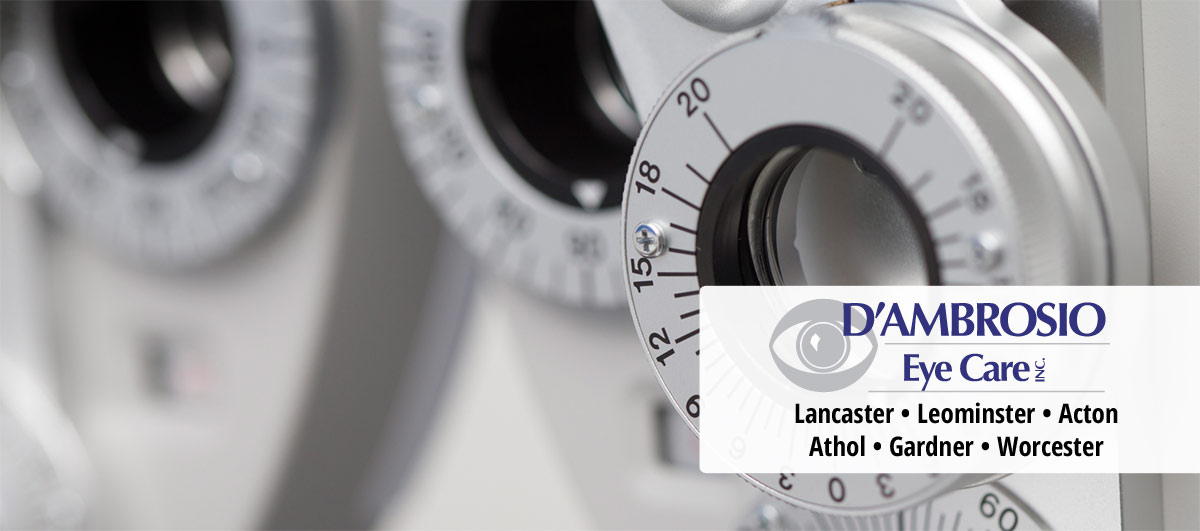Did you know that the average office worker
spends 1,700
hours per year in front of a
computer screen, without even considering the time spent on a phone or other
digital device? All this screen time has led to an increase in complaints
of eye strain, dry eye, headaches and insomnia. Computer use causes more eye strain than reading print material because focusing your eyes on computer
screens or other digital screens is typically at less than ideal angles and
distances and your blink rate decreases by a third to a half, causing dry eyes
as well. Follow these simple tips for protecting your eyes from this computer
screen eye strain:
Keep Your Distance: Keep
the screen at arm’s length, about 25 inches away and position it so your eye
gaze is slightly downward.
Reduce Glare: Use
a matte screen filter to reduce glare.
Adjust Lighting:
Adjust your room lighting to get the highest screen contrast increase the
contrast on your screen as much as possible.
Take Breaks: Blink
and follow the 20-20-20 rule. Take a break every 20 minutes by looking at an
object 20 feet away for 20 seconds.
Keep Eyes Moist: Keep
artificial tears nearby to lubricate your eyes when they feel dry.
Stop Screen Use Before Bed: Limit screen time one to two hours before bedtime and use nighttime settings on devices and computers that minimize blue light exposure.
If you experience consistently dry red eyes or eye pain at any time, but especially with computer screen use please schedule an eye exam at D’Ambrosio Eye Care at 800-325-3937, visit D’Ambrosio Eye Care, or Facebook so that we can help.
D'Ambrosio
Eye Care provides eye care for patients throughout greater Boston, central and
western Massachusetts with office locations at 479 Old Union Turnpike,
Lancaster, Massachusetts 01523, 865 Merriam Avenue, Suite 119, Leominster,
Massachusetts 01453, 100 Powder Mill Road, Acton, Massachusetts 01720, 413 Main
Street, Athol, Massachusetts 01331, 74 Main Street, Gardner, Massachusetts
01440 and 255 Park Avenue, Suite 606, Worcester, Massachusetts 01609.







